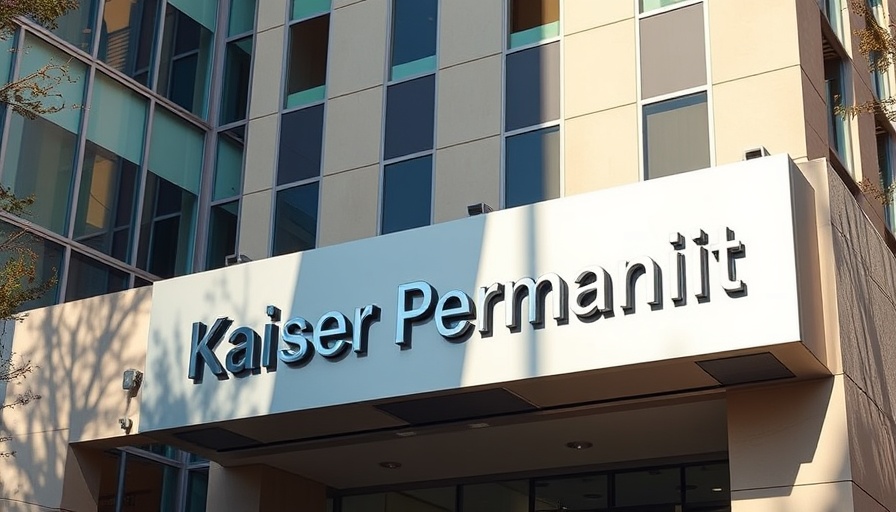
Major Layoffs at Kaiser: A Sign of Growing Tensions?
Kaiser Permanente's recent announcement of laying off 216 workers across California has sent shockwaves through the healthcare community, intensifying already simmering tensions with its union representing 31,000 nurses. With over 180,000 employees, Kaiser is one of the largest healthcare providers in the state, but recent decisions signal a challenging period ahead for both staff and patients.
The Numbers Behind the Layoffs
The layoffs, effective after a 60-day notification period starting September 17, predominantly affect workers in Northern California. Out of the 216 positions cut, 184 are from the Bay Area cities including Oakland and Redwood City, with additional cuts occurring in Southern California. Positions affected range from marketing directors to IT specialists and registered dietitians.
Kaiser spokesperson Terry Kanakri indicated that most of the layoffs in Southern California involved non-union IT positions, while a significant portion of those in Northern California were union represented roles, primarily in IT and food services. This nuance underscores the existing fractures between management and unionized workers during a critical juncture of negotiations.
A Five-Day Strike on the Horizon
As tensions escalate, a five-day strike is scheduled for October 14-19, led by the United Nurses Associations of California. This strike is poised to be the largest in Kaiser’s history, with tens of thousands of healthcare workers participating across multiple locations in California and Hawaii.
The union's demands include not just better wages but also improvements in staffing levels to mitigate chronic shortages affecting patient care. Union leaders point out that Kaiser must prioritize employee support if it aims to deliver high-quality healthcare.
The Broader Context: AI Technology and Job Security
Adding another layer of complexity, recent protests across Kaiser facilities have highlighted nurses' concerns over AI technologies being implemented in healthcare. Registered Nurse Gina Macalino emphasized that while some applications of AI may enhance care, reliance on technology shouldn't take precedence over human touch in patient care.
Health experts argue that AI can assist, but not replace, the nuanced care provided by healthcare professionals. This sentiment aligns with nurse protests demanding a balance between technology and human services, aimed at ensuring that patient care remains personal and effective.
Continuity of Care Amidst Staffing Challenges
As employers navigate economic pressures and staffing shortages, the challenge lies in balancing operational efficiencies with quality patient care. Kaiser has pledged to increase wages by 21.5% over the next four years, which is less than what union negotiators initially demanded. The circumstances surrounding the layoffs and the upcoming strike reflect a larger trend within the industry, as healthcare facilities are forced to find ways to cut costs while maintaining care standards.
Healthcare experts note that successful negotiations will require both sides to consider the implications of their demands not just on their own financial health, but on that of the patients they serve.
What's Next?
As Kaiser Permanente grapples with these internal upheavals, there’s a palpable sense of urgency among healthcare professionals as well as patients. The healthcare landscape in California is rapidly evolving, and the outcome of these negotiations could set precedents affecting not just Kaiser, but the larger industry as well.
For those living near Bakersfield, where Kaiser's presence is significant, the implications are particularly relevant. Rising tensions could lead to changes in how care is delivered and could impact future employment opportunities in healthcare.
Call to Action
As these events unfold, it's crucial for community members to stay informed and engaged with these developments in healthcare labor relations. For ongoing updates and ways to get involved, consider joining local advocacy efforts or staying connected with news sources reporting on labor issues affecting the healthcare sector.
 Add Row
Add Row  Add
Add 



Write A Comment